When it comes to grilling seafood, swordfish stands out as one of the most rewarding choices for home cooks. Furthermore, this meaty fish offers a perfect canvas for bold flavors while remaining surprisingly forgiving on the grill. Additionally, Grilled Swordfish Recipe provides an excellent source of lean protein that appeals to both seasoned seafood lovers and those just beginning their culinary journey with fish.
Moreover, grilling swordfish brings out its natural sweetness while creating those coveted char marks that make any dish Instagram-worthy. In fact, this recipe combines Mediterranean-inspired seasonings with simple grilling techniques to create a restaurant-quality meal in your own backyard. Consequently, you’ll discover that preparing this dish is both straightforward and impressively delicious.
Table of Content
Why I Love This Grilled Swordfish Recipe

Initially, I was hesitant about grilling swordfish because of its reputation for being challenging to cook properly. However, after years of experimenting with different techniques, I’ve developed this foolproof method that consistently delivers perfectly cooked fish every time. Subsequently, this recipe has become my go-to choice for entertaining guests and weeknight dinners alike.
What’s more, the combination of herbs and citrus in this recipe creates layers of flavor that complement rather than overpower the fish’s natural taste. Similarly, the marinade not only adds incredible flavor but also helps keep the swordfish moist during grilling. As a result, you get a beautifully caramelized exterior with a tender, flaky interior that practically melts in your mouth.
Furthermore, this recipe is incredibly versatile and works equally well for casual family dinners or elegant dinner parties. In addition, the preparation time is minimal, making it perfect for busy weeknights when you want something special without spending hours in the kitchen.

Ingredient Key
First and foremost, selecting high-quality swordfish steaks is crucial for success. Therefore, look for steaks that are about 1-inch thick with a pinkish color and firm texture. Meanwhile, avoid any fish that appears gray or has a strong fishy odor.
Essential Ingredients:
- 4 swordfish steaks (6 oz each, 1-inch thick)
- 1/4 cup extra virgin olive oil
- 3 cloves garlic, minced
- 2 tablespoons fresh lemon juice
- 1 tablespoon lemon zest
- 2 tablespoons fresh oregano (or 2 teaspoons dried)
- 1 tablespoon fresh thyme leaves
- 1 teaspoon sea salt
- 1/2 teaspoon black pepper
- 1/4 teaspoon red pepper flakes
Additionally, having fresh herbs makes a significant difference in the final flavor profile. However, if fresh herbs aren’t available, dried herbs work well too, though you should use about half the amount.

Step-by-Step Instructions
Preparation Phase: To begin with, remove the swordfish from the refrigerator 20 minutes before cooking to bring it to room temperature. Meanwhile, this ensures even cooking throughout the steaks.
Step 1: Create the Marinade First, combine olive oil, minced garlic, lemon juice, lemon zest, oregano, thyme, salt, pepper, and red pepper flakes in a shallow dish. Next, whisk everything together until well combined. Subsequently, the marinade should have a vibrant, aromatic quality that promises great flavor.
Step 2: Marinate the Fish Then, place the swordfish steaks in the marinade, ensuring both sides are well coated. After that, cover and refrigerate for 30 minutes to 2 hours. However, avoid marinating longer than 2 hours, as the acid can begin to « cook » the fish.
Step 3: Prepare the Grill Meanwhile, preheat your grill to medium-high heat (around 400-450°F). Additionally, clean and oil the grates to prevent sticking. Therefore, your fish will release easily when it’s ready to flip.
Step 4: Grill the Swordfish Now, remove the fish from the marinade and let excess drip off. Then, place the steaks on the grill and cook for 4-5 minutes on the first side. Subsequently, you’ll notice beautiful grill marks forming. After that, flip carefully and cook for another 3-4 minutes until the internal temperature reaches 145°F.
Step 5: Rest and Serve Finally, transfer the grilled swordfish to a serving platter and let it rest for 2-3 minutes. Consequently, this resting period allows the juices to redistribute throughout the fish.
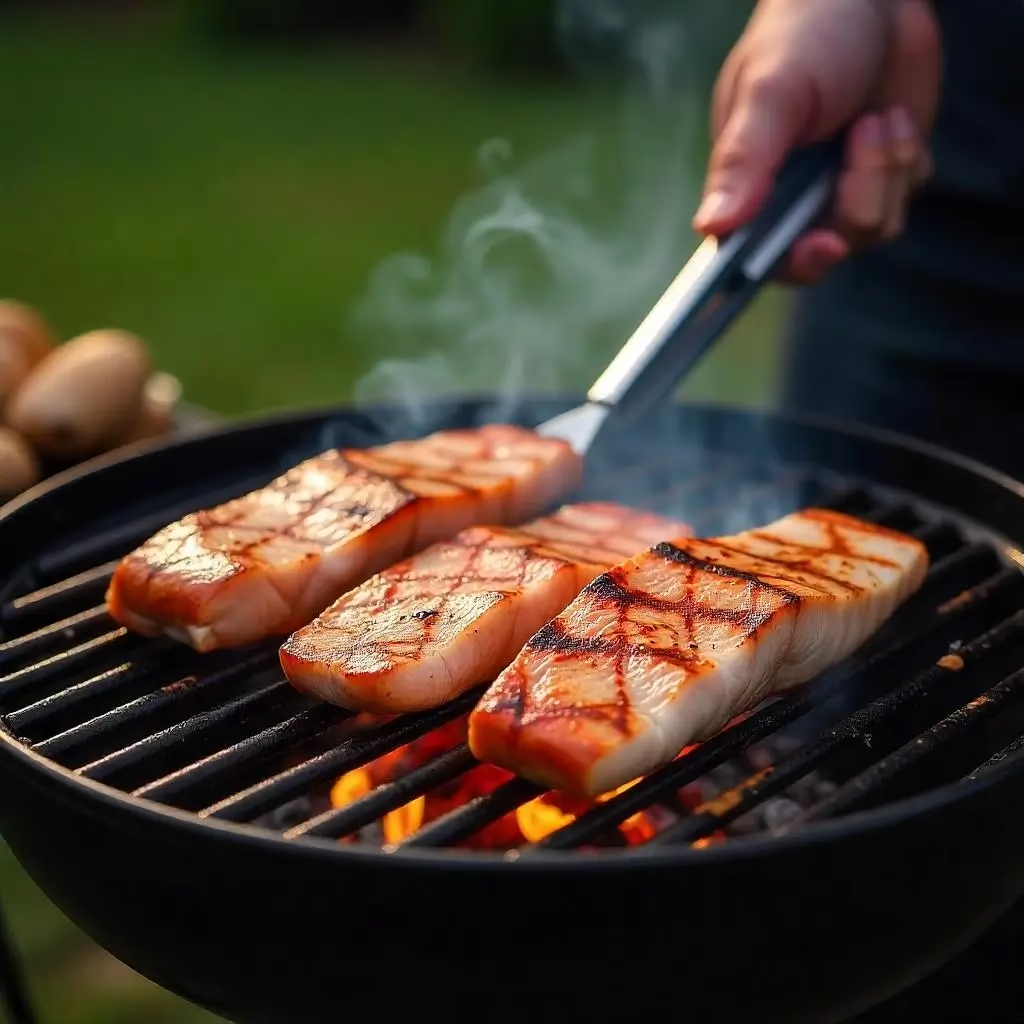
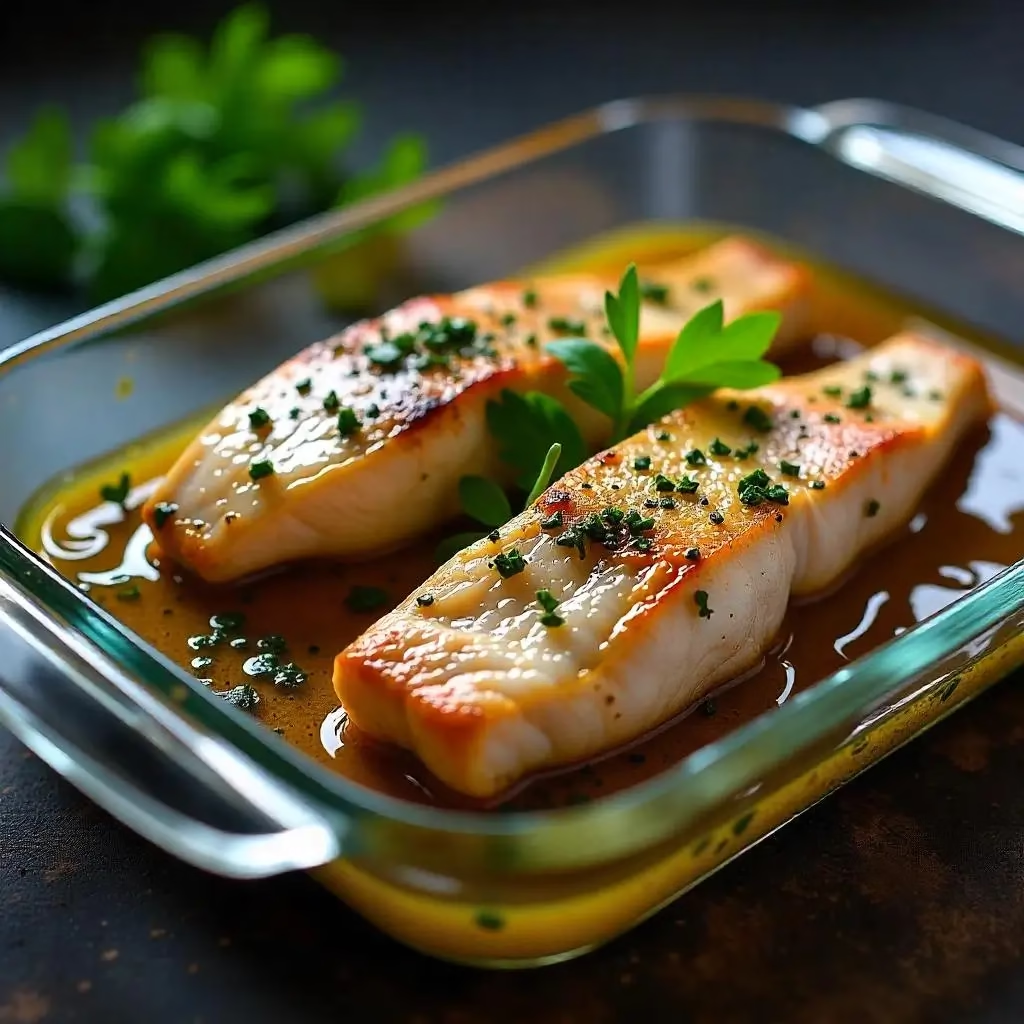
Essential Tips for Success
First of all, don’t move the fish too early during grilling. Instead, let it develop proper grill marks before attempting to flip. Furthermore, the fish will naturally release from the grates when it’s ready.
Moreover, using a fish spatula makes flipping much easier and reduces the risk of breaking the steaks. Similarly, having a meat thermometer ensures you achieve the perfect doneness every time.
Additionally, if your swordfish steaks are thicker than 1 inch, increase the cooking time accordingly. Conversely, thinner steaks will cook faster and require careful monitoring to prevent overcooking.
Another important tip involves oil temperature – ensure your grill is properly preheated before adding the fish. Otherwise, the swordfish may stick to the grates and tear when you try to flip it.

Storage Guidelines
Refrigerator Storage: Cooked swordfish can be stored in the refrigerator for up to 3 days in an airtight container. However, for best quality, consume it within 2 days of cooking.
Freezer Storage: While you can freeze cooked swordfish for up to 3 months, the texture may change slightly upon thawing. Therefore, fresh consumption is always preferable.
Reheating Instructions: When reheating, use gentle methods to avoid overcooking. For instance, warm it in a 275°F oven for 10-15 minutes or gently reheat in a skillet over low heat.

Nutrition Information (Per Serving)
This grilled swordfish recipe provides excellent nutritional value with approximately:
- Calories: 280
- Protein: 34g
- Fat: 14g
- Carbohydrates: 2g
- Fiber: 0g
- Sodium: 620mg
Furthermore, swordfish is an excellent source of selenium, vitamin B12, and niacin. Additionally, it provides heart-healthy omega-3 fatty acids that support cardiovascular health.
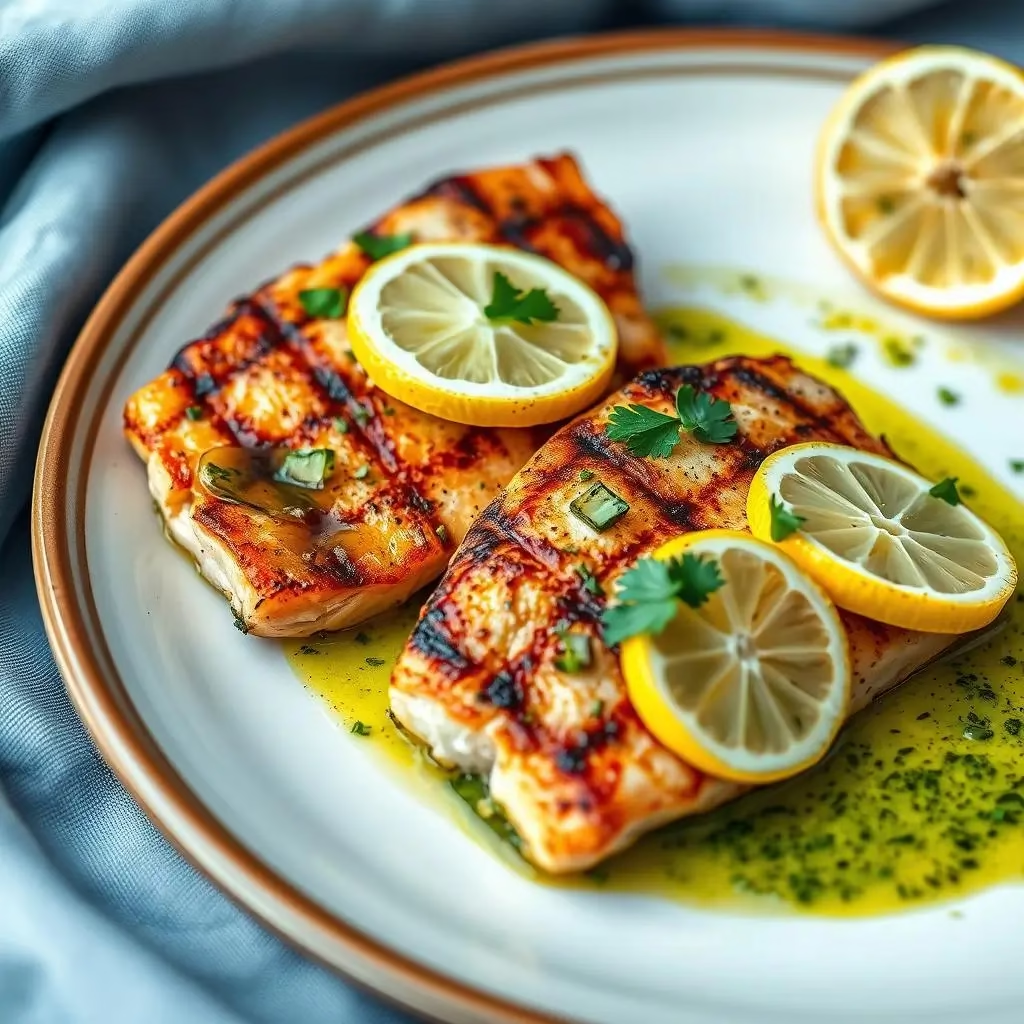
Another Recipes You’ll Love
- Shrimp Salad
- Dungeness Crab
- Shrimp Pesto Pasta
- Steelhead Trout
- Shrimp and Broccoli
- Baked Cod
- Bang Bang Shrimp
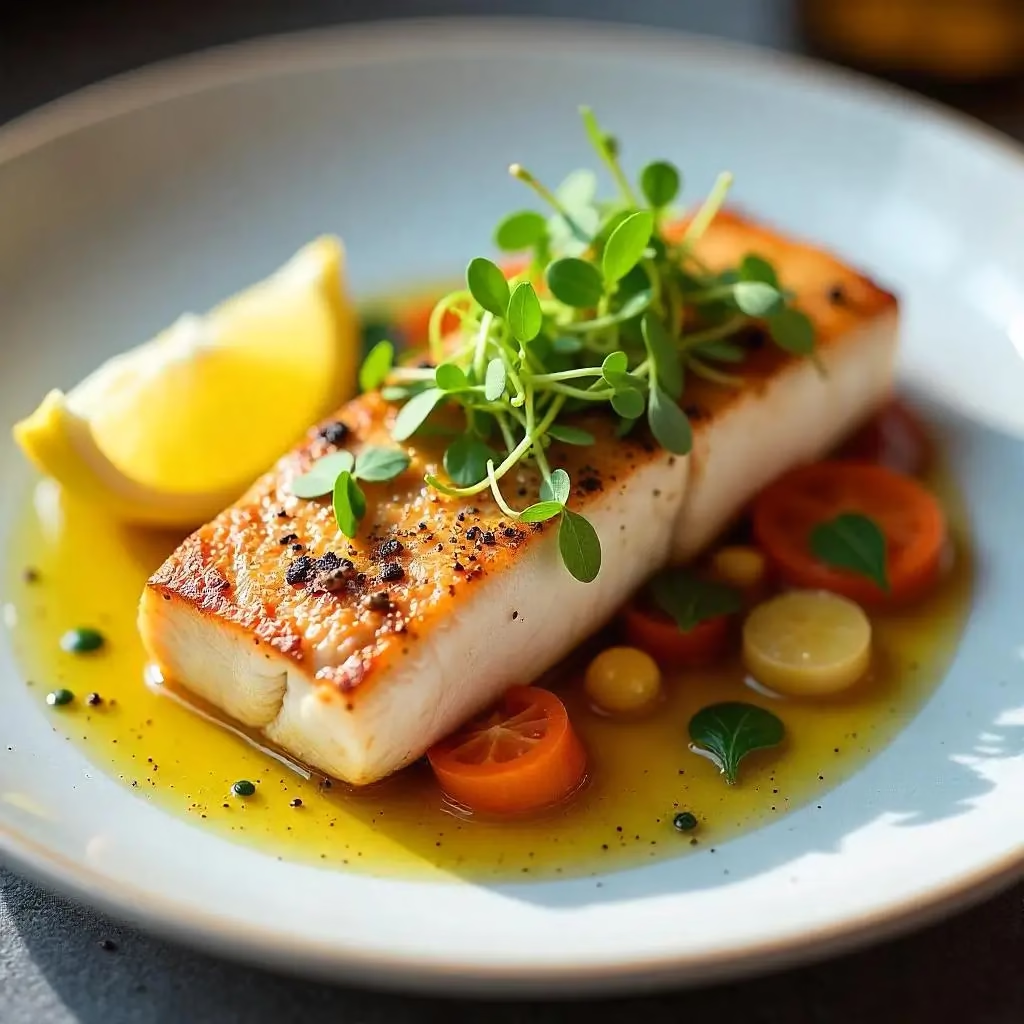
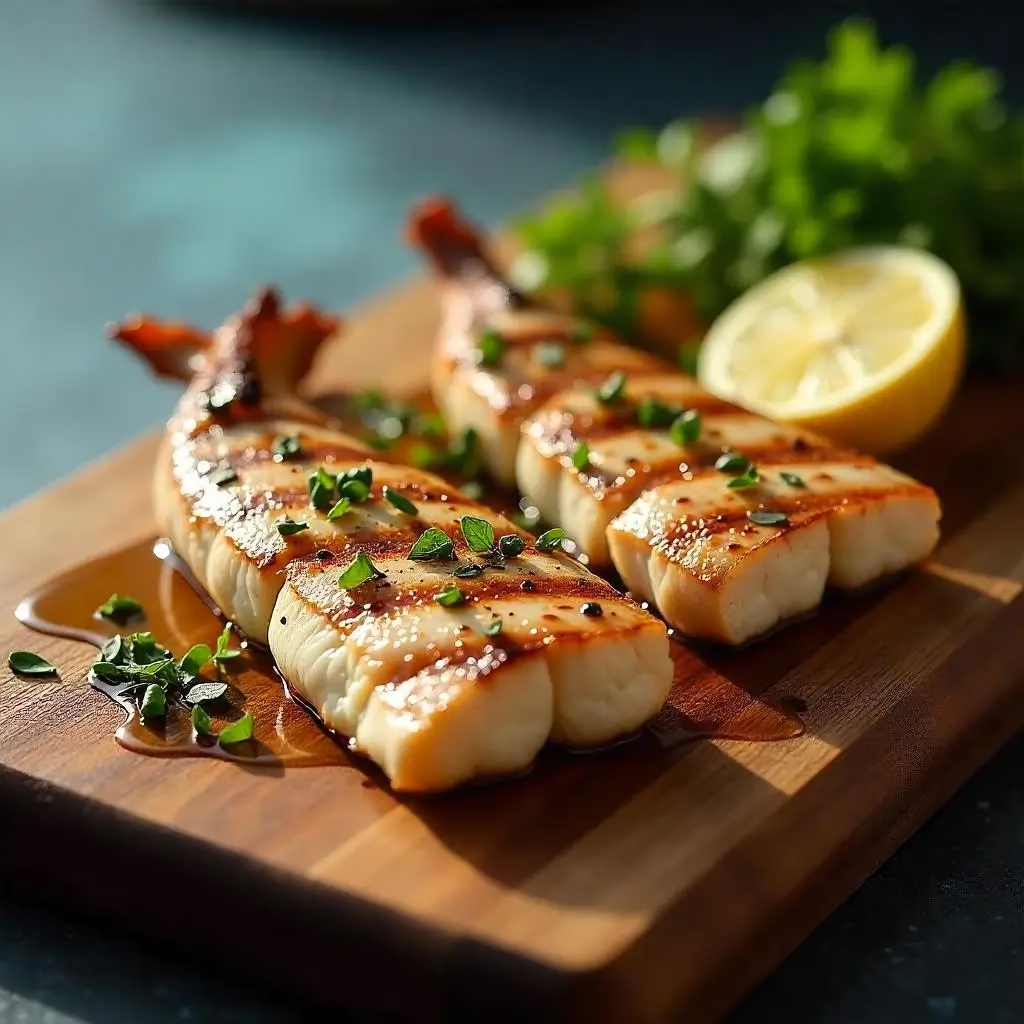
In conclusion, this Grilled Swordfish Recipe represents the perfect balance of simplicity and sophistication. Furthermore, the Mediterranean-inspired flavors complement the fish’s natural meatiness while the grilling technique creates an impressive presentation that’s sure to wow your dinner guests.
Most importantly, this recipe proves that cooking restaurant-quality seafood at home doesn’t require professional training or expensive equipment. Instead, with quality ingredients and proper technique, you can create an exceptional meal that rivals any high-end restaurant.
Therefore, whether you’re planning a special dinner for two or hosting a backyard gathering, this grilled swordfish recipe will undoubtedly become a favorite in your culinary repertoire. Additionally, the versatility of the marinade means you can adapt it to other firm fish varieties for equally delicious results.
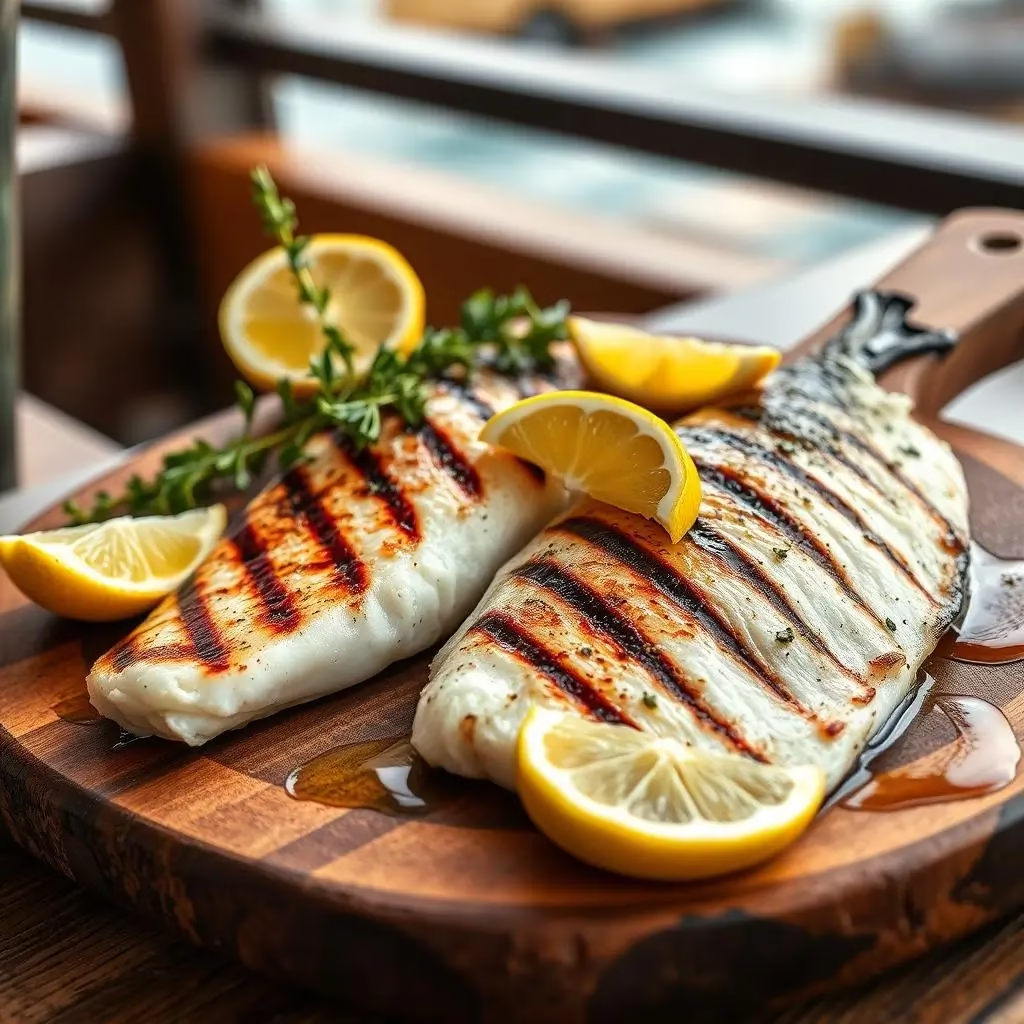
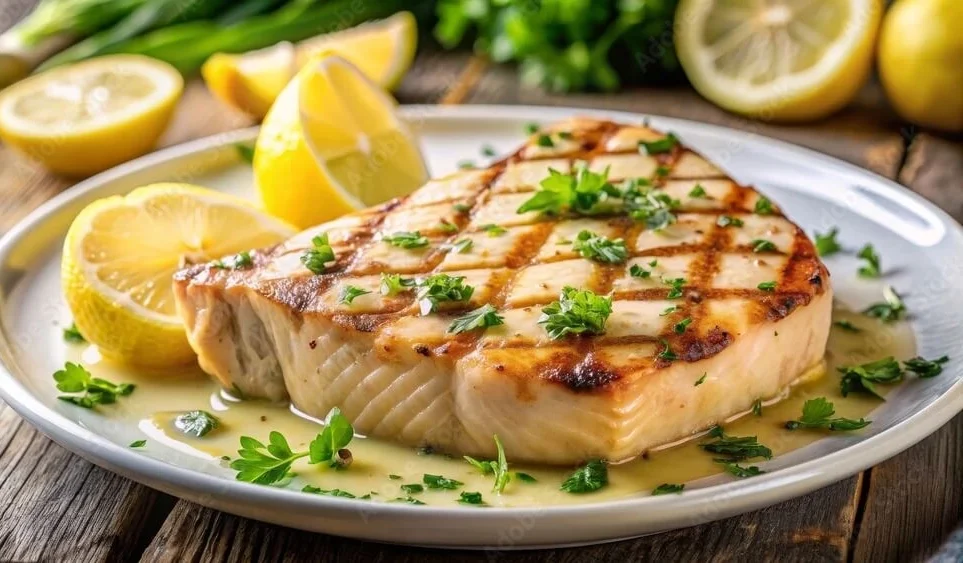
Perfect Grilled Swordfish Recipe: A Mediterranean Masterpiece
Description
Learn how to make perfect Grilled Swordfish with this Mediterranean-inspired recipe. Features step-by-step instructions, expert tips, and a flavorful herb marinade that creates restaurant-quality results every time. Ready in under an hour!
Ingredients
Instructions
- Remove swordfish from refrigerator 20 minutes before cooking
- Combine marinade ingredients in shallow dish
- Marinate fish for 30 minutes to 2 hours
- Preheat grill to medium-high heat (400-450°F)
- Grill fish 4-5 minutes per side until internal temperature reaches 145°F
- Rest for 2-3 minutes before serving
Notes
- Don’t marinate longer than 2 hours
Fish will release naturally when ready to flip
Use meat thermometer for perfect doneness

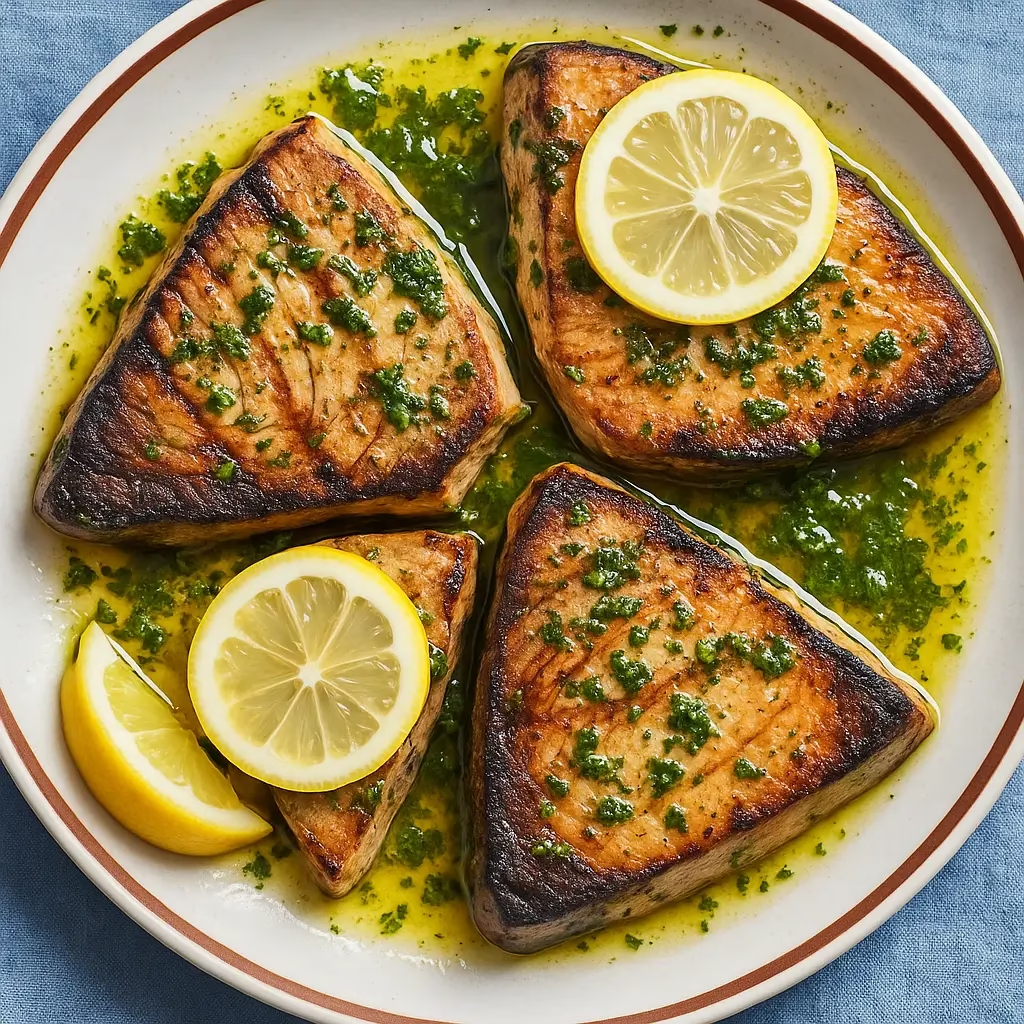
février 22, 2025 at 8:55 am[…] Seafood Lover’s Version: Replace chicken with grilled shrimp or salmon […]